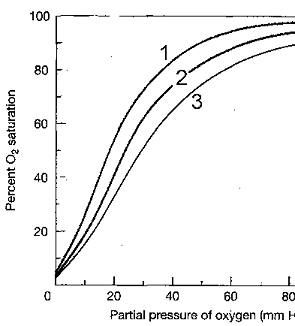Perhaps a plant’s greatest liability is its inability to
a. produce growth hormones.
b. use aerobic respiration.
c. move when conditions around it deteriorate.
d. produce its own lipids and proteins.
e. respond to dwindling supplies of nutrients and
water.
Answer: c
You might also like to view...
. F. Skinner first introduced operant conditioning experiments. What happens in these experiments?
A. An animal learns to associate its behavioral response with a fixed action pattern. B. An animal learns to associate its behavioral response with an instinct. C. An animal learns to associate its behavioral response with its biological clock. D. An animal learns to associate its behavioral response with a reward or a punishment. E. An animal learns to associate its behavioral response with a conditional stimulus.
The volume of air remaining in the lungs following a maximum expiration is called
A) residual volume. B) tidal volume. C) inspiratory reserve volume. D) inspiratory capacity. E) vital capacity.
Which plant is the most fit?
A) a plant with deep roots B) a plant with large leaves C) a plant with large flowers D) Environmental information is required to determine fitness.
Oxygen-hemoglobin dissociation curves at three different pH levels The phenomenon illustrated in the accompanying figure is known as:

a. carbon dioxide unloading.
b. the Bohr effect.
c. hemoglobin transportation.
d. chloride shift.
e. residual capacity.